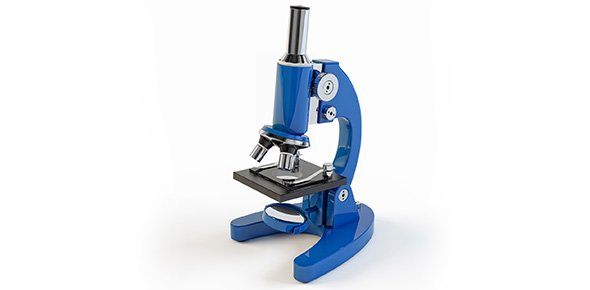Related Flashcards
Related Topics
Cards In This Set
| Front | Back |
|
What is the nervous system
|
About 3% of total body weight, one of the smallest but most complex systems.
|
|
What are some structures of the nervous system?
|
Brain, cranial nerves and their branches, ganglia, enteric plexuses, sensory receptors.
|
|
The brain is...
|
Enclosed by the skull, contains 100 billion neurons, and 12 pairs (rgt and lft) of cranial nerves.
|
|
What is a nerve?
|
A bundle of hundreds to thousands of axons w/ associated tissue and blood vessels that lies outside of the brain and spinal cord.
|
|
What is the function of the spinal cord?
|
Connects the brain through the foramen magnum of the skull and is encircled by the bones of the vertebral colum, contains 100 million neurons.
|
|
Spinal nerves
|
31 prs, that emerge from the spinal cord, each serving a specific region on the right and left side of the body.
|
|
Ganglia
|
Small masses of nervous tissue, consisting mostly of neuron cell bodies, located outside of brain and spinal cord
|
|
Enteric plexuses
|
Extensive neurons that help regulate the digestive system
|
|
Sensory receptor
|
Used to refer to dendrites of sensory neurons as well as separate, specialized cells that monitor changes in internal or external enviroment
|
|
Function of the nervous system
|
Carries out a complex array of tasks, grouped into 3 basic functions: sensory, integrative, motor
|
|
Sensory function
|
Detect internal stimuli. Info carried to brain/spinal cord through spinal & cranial nerves
|
|
Integrative function
|
Nervous system integrates information by analyzing & storing. Connects Sensory and motor functions.Important function, perception
|
|
Perception
|
The conscious awareness of sensory stimuli
|
|
Motor function
|
Activates effectors (muscles and glands) through cranial and spinal nerves. Stimulation of the effectors causes contraction and secretion.
|
|
What are the two subdivisions of the nervous system?
|
Central nervous system (CNS), Peripheral nervous sytem (PNS).
|




